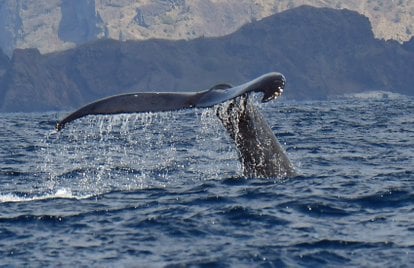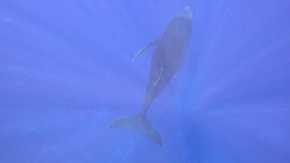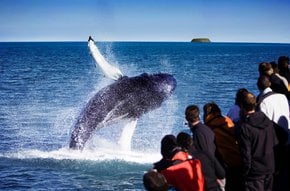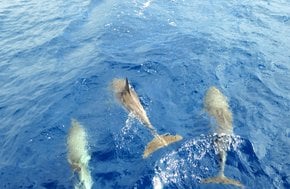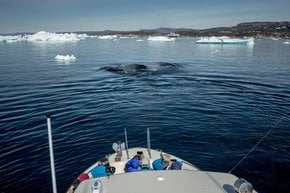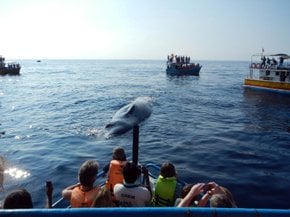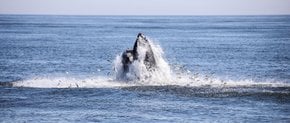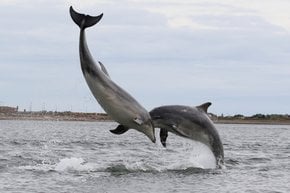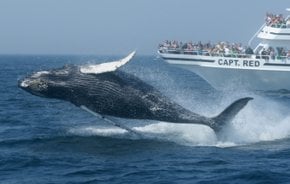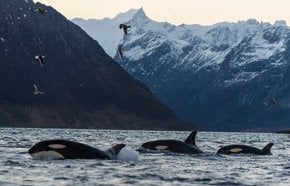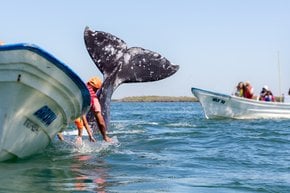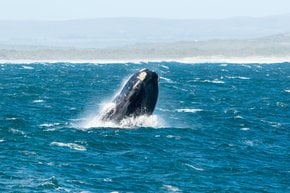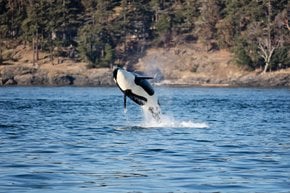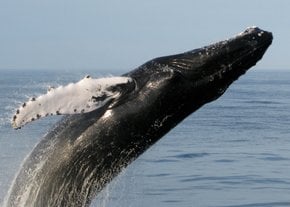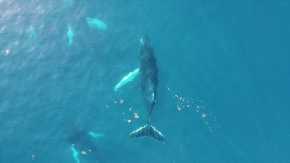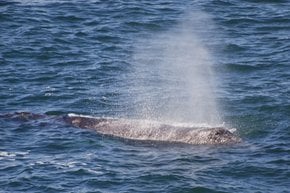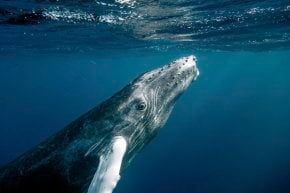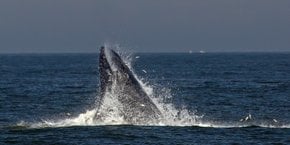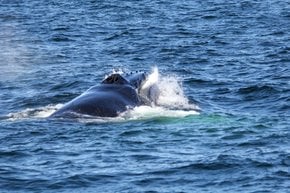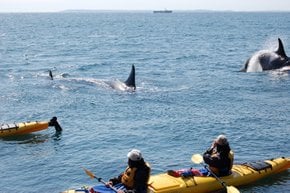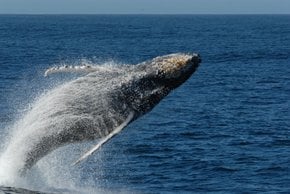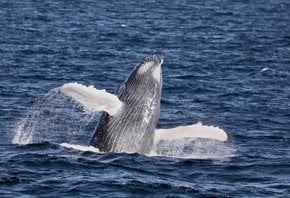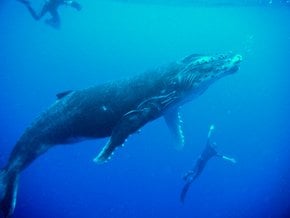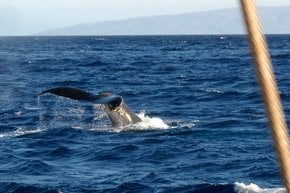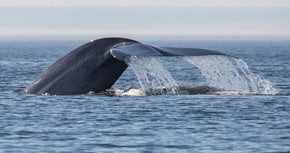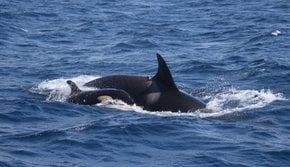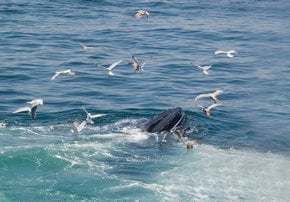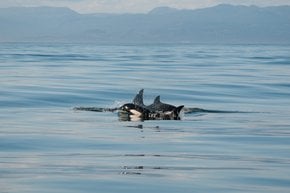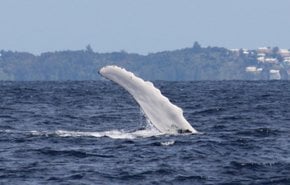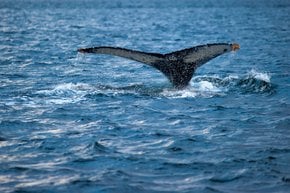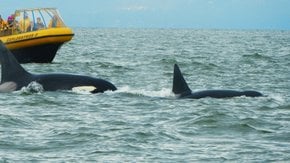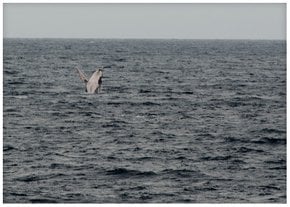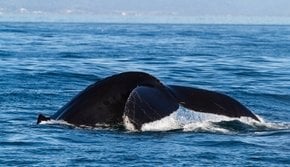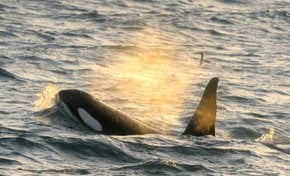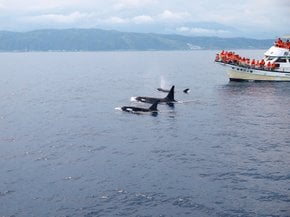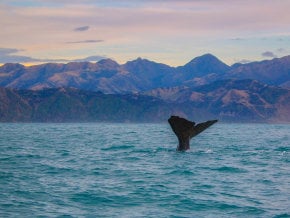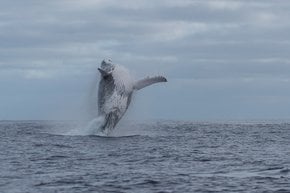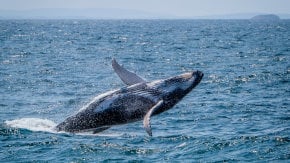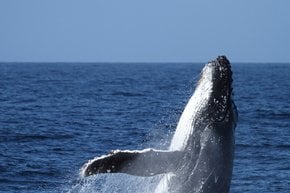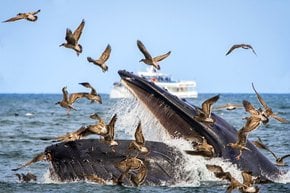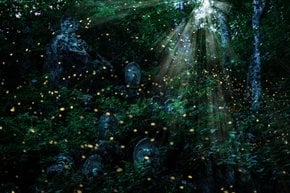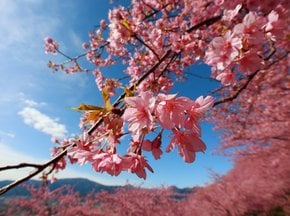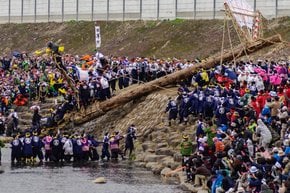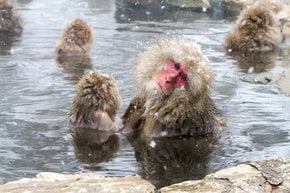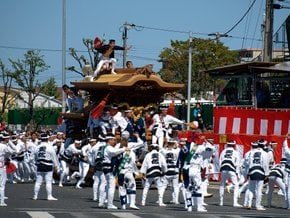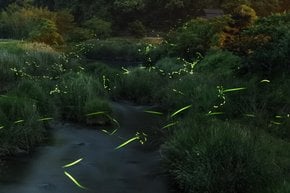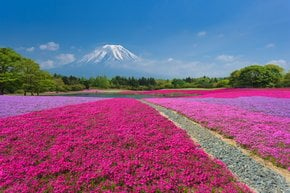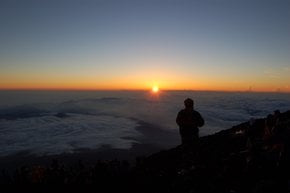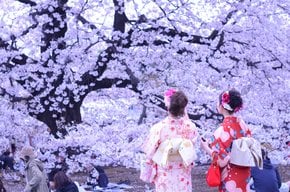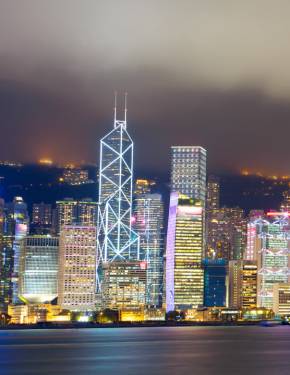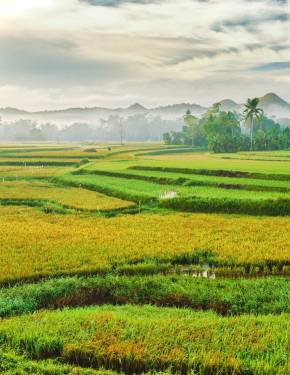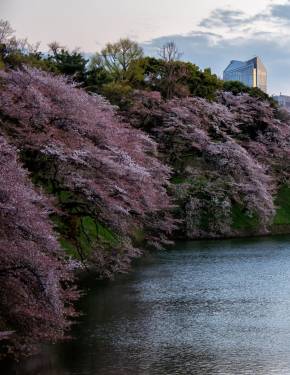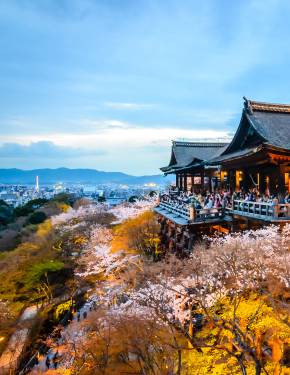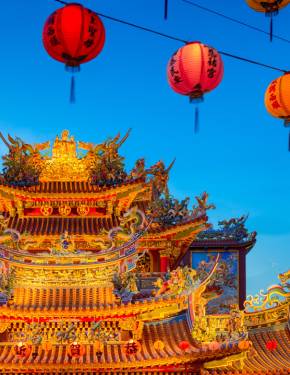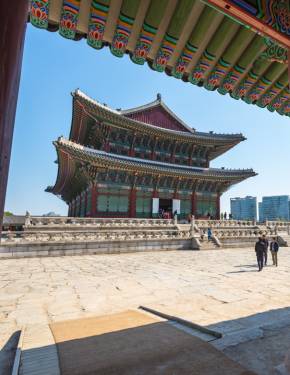Whale Watching in Japan 2025-2026
A wonderful alternative to whaling from Hokkaido to Okinawa
Best time: all year round
Whale watching in Japan is a relatively new activity that successfully replaced whaling. Thousands of tourists join whale-watching tours, which makes it a profitable activity and safe for whales. Giant marine mammals can be spotted throughout the year all around the coastline of the country, from as far north as Hokkaido to as far south as Okinawa. The top five places for whale watching in Japan include Kerama Islands, Ogasawara Islands, Choshi, Rausu, and Kuroshio-cho.
Kerama Islands
One of the best destinations to encounter the giants of the ocean is the Kerama Islands. The archipelago of small islands is set 40 km (24.9 miles) west of Naha City, Okinawa prefecture. Its transparent, pristine waters attract many tourists, in particular divers, and lately also whale watchers. The best time for whale watching here is between winter and spring, when hundreds of humpback whales arrive here from northern waters around Russia and Alaska. to breed in the area. They travel a distance of about 5,600 mi (9,000 km). During the season, whale-watching boats depart daily from Okinawa Island or Zamami Island.
Whale-watching tours from Okinawa
From late December through March, tours depart from Naha, Yomitan, and Onna on the main island, while some operators offer tours directly from the Kerama Islands. Berry Naha Whale Watching offers 4-hour tours from Minato Machi in Naha. Boats depart at 8 am and 1 pm. Adult tickets start at around $38, and children (6-12) pay about $30. Klook Travel offers three-hour whale-watching tours for $42 with the aperture from Naha Miegusuku port several times per day. The destination is Takashiki Island.
Ogasawara Islands
Ogasawara Islands in Tokyo prefecture is a group of more than 30 little islands, located 1,000 km south of central Tokyo. The best whale-watching experience can be found at namely Chichi-Jima and Ha-ha-Jima. Due to isolation, the area boasts a truly unspoiled nature. Humpbacks are observed here in winter and spring months, with the highest chance in February–April, while Sperm whales are year-round residents here. The luckiest visitors might also spot Bryde’s whales, Cuvier’s beaked whales, and Short-finned pilot whales.
Whale-watching tours to Ogasawara
The whale-watching cruise from Tokyo lasts up to 25 hours. A full-day tour to Ogasawara from Activity Japan, with a landing on the South Island, dolphin and whale watching, as well as snorkeling (in the summer), costs about $90. Half-day whale-watching tours during the winter season cost about $55.
Choshi
Whoever doesn't fancy long-distance boat rides can surely opt for Choshi in Chiba prefecture. This old fishery town is located only two hours from Tokyo by bus or train. Whale-watching tours run in November, December, and sometimes January, which is the season for short-finned pilot whales and sperm whales. The tours from Choshi cost about $35.
Kochi
Kuroshio-cho in Kochi prefecture is a year-round home to Bryde’s whales. Nevertheless, tours run mainly between April and late October. Local whales are particularly friendly and occasionally might approach tourist boats, almost within your reach.
Whale-watching tours in Kochi
Ogata Whale Watching offers tours, departing from Irino Beach in Kuroshio Town. Tours run from from late April through October with the best chances of seeing whales between July and September. Regular 4-hour tours cost about $55. A whole-day tour with lunch and drinks costs about $90.
Rausu
Rausu is a northeastern destination for whale watching. It's located on the Pacific Ocean side of Hokkaido, on the Shiretoko Peninsula, which has been recognized as a world heritage site since 2005. Different whale species may be observed in the area between March and September. Baird’s beaked whales show up in March, April, August, and September. Killer whales (orca) are mostly spotted in April, May, and June. The season for minke whales is May to July. Sperm whales can be seen between July and September. Shiretoko Aruran Group offers summer whale-watching cruises from the end of April to mid-October. The cost is about $55.
Whale-watching Tips
Tour providers encourage guests to wear comfortable shoes and proper outfits in case of chilly and windy weather. Waterproof jackets, hats, and gloves are recommended in the winter. Sunscreen and seasick remedies are also reasonable. You also have to be aware of the fact, that despite a high probability of sighting, there's never a 100% guarantee.

